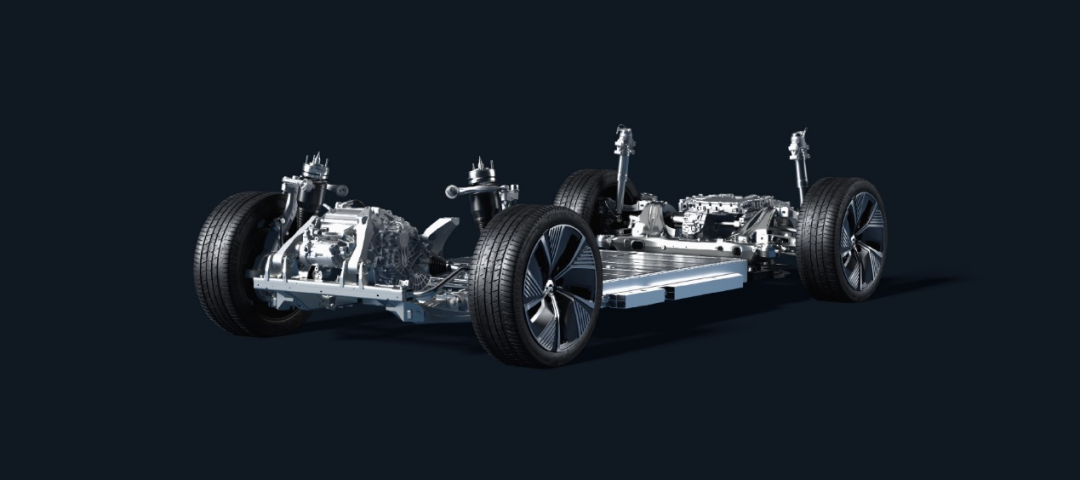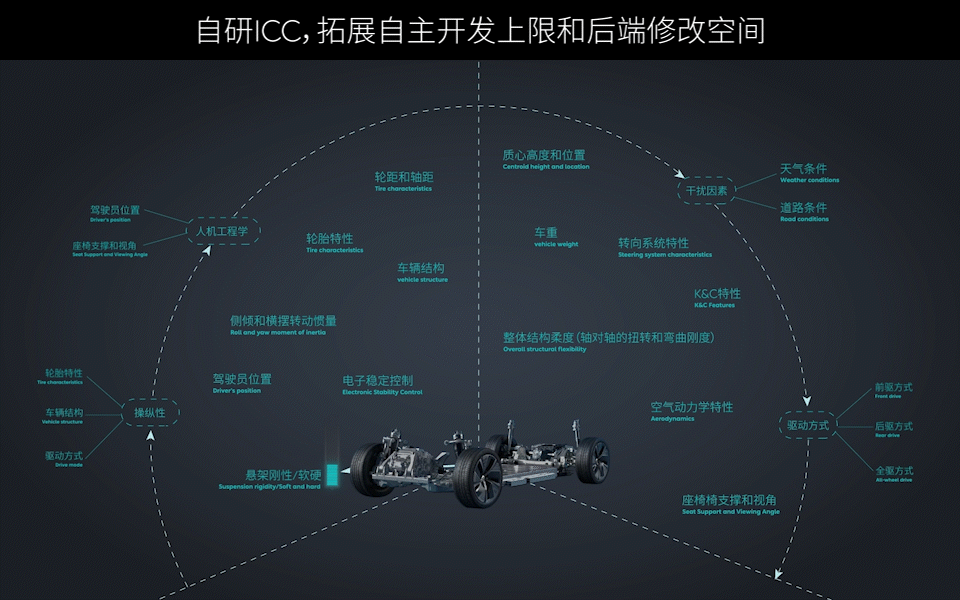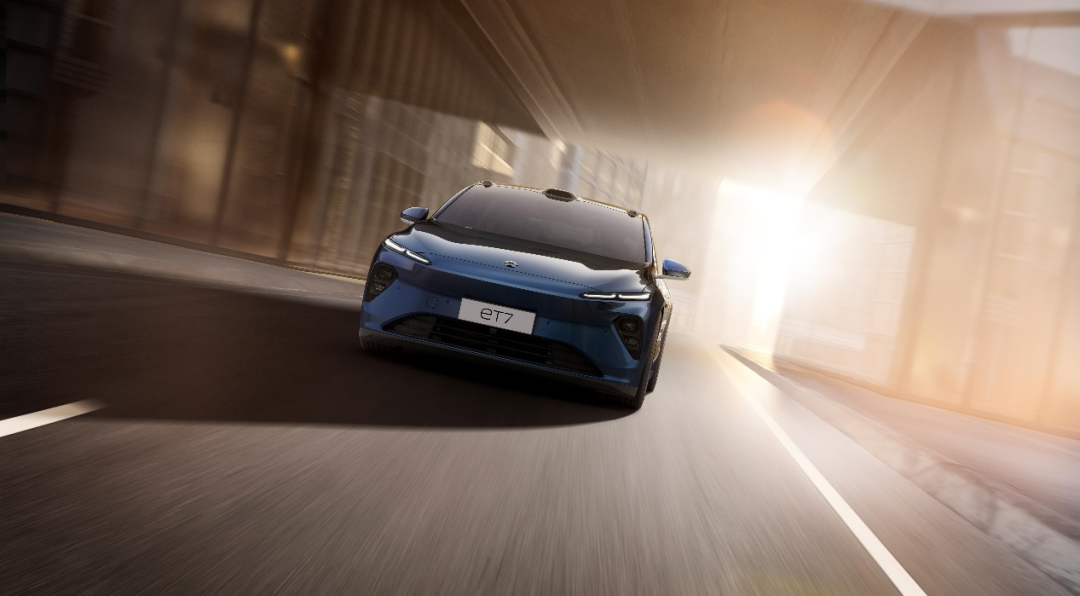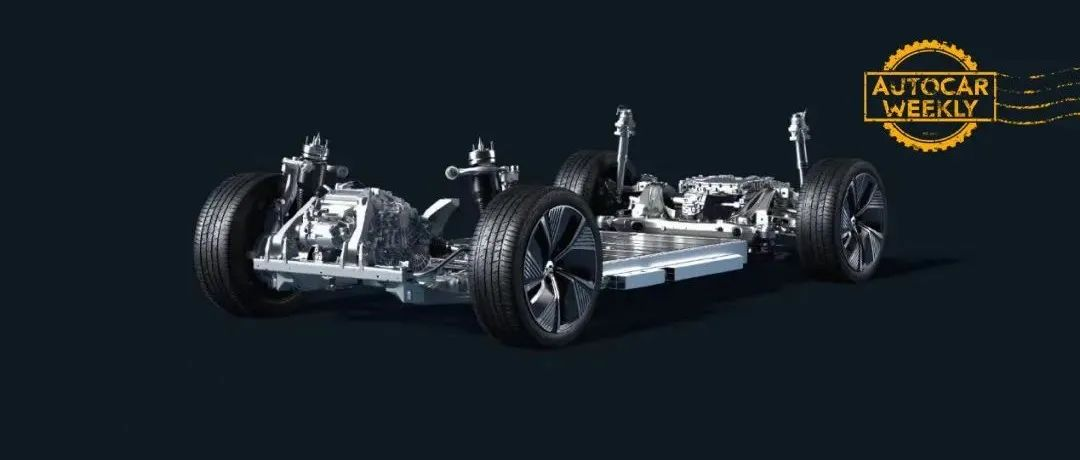HuLaQuan
These days, in the automobile industry, it is embarrassing for a brand to not benchmark against BBA (Mercedes-Benz, BMW, Audi) and greet the public.
Whether it’s a new car or a traditional brand, everyone is striving for high-end. After all, the once-a-century transformation is facing China’s automotive industry, and there hasn’t been a better opportunity for the industry to move forward. Emerging high-end brands spare no effort and are eager to equip us with all the high-end configurations and luxury equipment.
However, behind the hustle and bustle, there are also hidden worries: there are many brands that pile up materials fiercely, but few possess core technologies; there are many who are determined to be high-end, but few can produce final products that can withstand the test of time.
The high-end market is not one that can be easily fooled. If a brand is just a “porter” of luxurious configurations, it may survive in the short term, but it is not enough to support a true high-end brand.
Beyond the trend, there is a paradise
Today, the “New Four Modernizations” in the automobile industry is the background color for China’s push towards high-end, and it is also a strong point for Chinese enterprises. Self-driving, intelligent cockpits, voice interaction and others are at the forefront of the trend and have captured a considerable amount of attention. They are not only emphasized by every car company, but also a focus of attention for the majority of “novice” consumers.
Naturally, some people will begin to doubt: in the past, in areas where we did not have an advantage, do we have the strength to compete with the world’s first-class level of “smart cars” in the areas that are synonymous with “car” – the mechanical parts? Are our high-end luxury brands just relying on superficial flashiness, and are we still strategically giving up our “foundation”?

Whenever the chassis is mentioned, in the eyes of most consumers, it is equivalent to hard-core scenes like extreme cornering, circuit racing, and reckless mountain roads, and has nothing to do with everyday shopping and child-rearing. However, if you take a closer look at the basic structure of a car, you will understand that the performance of the chassis is the cornerstone of the entire vehicle’s dynamic performance.
As long as the car is in motion, every movement it makes is affected by the chassis. NVH (Noise, Vibration and Harshness), comfort, and “sense of luxury” – all of which are highly valued in the luxury car market – are closely related to the basic structure, hardware configuration, software tuning, and other features of the chassis. Hard-core driving is just one aspect of the performance of the chassis, while the rest is something that everyone experiences in their everyday life, regardless of whether they are aware of it.
In fact, contrary to what most people imagine, vehicle chassis are also undergoing digital and intelligent development and transformation, just like the vehicle’s surface dimensions. Although it is seldom noticed by the general public, in recent years, the vehicle chassis has benefited from this era of digital and intelligent development, and has only become more advanced.
 The most obvious change is that a series of adaptive and adjustable high-end chassis hardware, such as CDC damping continuously adjustable shock absorbers, air suspension springs, are beginning to appear on high-end cars that focus on comfort and chassis texture. The “variable” characteristic they provide means that a car’s chassis is no longer a one-time deal “welded” at the factory.
The most obvious change is that a series of adaptive and adjustable high-end chassis hardware, such as CDC damping continuously adjustable shock absorbers, air suspension springs, are beginning to appear on high-end cars that focus on comfort and chassis texture. The “variable” characteristic they provide means that a car’s chassis is no longer a one-time deal “welded” at the factory.
In increasingly intelligent high-end models, extreme handling is no longer the only focus. The overall adjustability of the chassis, the diversity of adapted scenes, the automation of the adjustment process… and even in the future, the OTA upgrade space of the chassis system, and the support for autonomous driving technology, all together contribute to the new connotation of the word “chassis” in today’s era.
Even with the most ferocious hardware, people still need to adjust it.
In the past, if a Chinese brand talked about chassis, it would either tremble or be ridiculed. Nowadays, under the background of progress in the whole Chinese automobile industry, many high-end positioning models have used a set of the best hardware configurations, and when the configuration table is pulled out, it even keeps up with or surpasses BBA.
But this is not enough to dispel consumers’ concerns, because everyone subconsciously understands one thing: excellent products are not made by piling up materials like crazy, and successful brands are not based on being “porters” for suppliers.
Chassis is the best example, automobile chassis system has many components, and the entire automobile factory cannot produce them all. It is precisely because of this that domestic automobile companies often awkwardly find that what they have obtained is only “dead objects” with given parameters, even if they customize demands separately with suppliers, they need to match the other’s development cycle, and their own R&D and calibration processes are greatly constrained.
Everyone’s subconscious is not wrong. The suppliers of important chassis components often have absolute discourse power, and most domestic automobile companies do not have the ability to control the overall chassis. The “black box” in the development and calibration of the chassis makes it difficult to combine a car that can actually perform as well as a luxury configuration list even if it is fully equipped with a high-end hardware system.
Developing high-end chassis is like top chef cooking. If you don’t master the processing and processing techniques of the ingredients, even if you spend a huge amount of money to get precious ingredients, the final product will only be a pot of mixed vegetables. If you outsource the processing and processing to ingredient suppliers, the style of the finished dishes will be greatly compromised, and this table of banquet will be greatly discounted, with high costs but no effective results.Thanks to the “new four modernizations” trend in the automotive industry today, it has given the opportunity for Chinese brands dedicated to high-end vehicles. In the past, the electronic and electrical architecture of vehicles was traditionally distributed. Chassis components like CDC dampers and air springs had their own ECU, leading to the overall performance heavily relying on the supplier’s settings at the time of production, which was not conducive to domestically inexperienced automakers tuning the vehicle’s performance.
But today, domain controller architecture is rapidly rising.
The so-called domain controller processes the data signals of various components in a vehicle subsystem by gathering them into a domain controller for centralized processing. All components related to this “domain” must hand over control to the domain controller, instead of acting independently.
Although examples of full vehicle domain control architecture are rare, domain controllers for some subsystems are already appearing in the market. Many domestic automakers are working hard in this area. NIO, a company that has been self-developing for a long time, has already launched a domain controller architecture for the chassis system and applied it to the first vehicle of the second-generation platform, the ET7.
In the past, traditional chassis development just needed to meet basic driving experience, even when flexible and adjustable new hardware configurations were used later. The vehicle factory only had to agree with suppliers about the parameters and tuning of each component. This creates a barrier to entry for the chassis system, especially high-end chassis.
Domestic automakers face a “black box” of development and tuning. They have to accept whatever is given to them, and it is difficult to explore and break through if not given what is needed. The development and tuning are entirely up to the supplier, and automakers have to adapt to the other’s research and development rhythm. They have very little flexibility to innovate independently.
Therefore, many high-end vehicle models with intense configuration seem to have multiple driving modes, but they are still just combinations of parameters predetermined by the various component suppliers. How can the 100-plus controllers for each vehicle be combined to achieve optimal performance for a particular mode? Automakers have very limited control over adjustments and can only hope that their suppliers are on the same wavelength.
It is like having access to high-end ingredients, but not knowing how to process them. Only able to tell the supplier to slice or shred, the room for adjustment is too small, and methods of use are seriously restricted. Therefore, the final dishes on the table are all expensive, but despite the high cost, the taste and texture are hard to match.After introducing the chassis domain controller ICC, components such as the CDC shock absorber, air spring, and EPB electronic parking are no longer operating independently. Instead, control and adjustment are all handled by NIO’s self-developed ICC, which naturally does not depend on the supplier’s factory settings. NIO’s calibration engineers can use ICC to find the best settings that fit their own car models.
Obtaining high-end ingredients without relying on suppliers allows for one to process, pre-treat, and cook as they see fit. Only by controlling every aspect of the ingredients can high-end hardware configurations truly bring out their full potential.
What is even more imaginative is that NIO’s self-developed ICC allows for information outside the chassis domain to be integrated into the decision-making process of the chassis domain. The chassis is no longer an independent subsystem isolated from the entire vehicle, but an organic component of the entire vehicle’s intelligent control system.
In scenarios like NIO’s NAD automatic driving, ICC endows the entire vehicle with richer possibilities for overall performance. With the integration of information outside the chassis domain, such as cameras, LIDAR, high-precision maps, and cloud big data, etc., vehicles in the future will be able to control suspension pre-action to avoid potholes, retain motor negative torque as backup braking when driving at high speeds, making travel safer.
These wider range of possibilities outside the chassis domain, especially as autonomous driving technology advances, bring more space for intelligent chassis to play. The mutual promotion between intelligent chassis and autonomous driving is the more critical goal of NIO’s self-developed Chassis Control (ICC), namely Design for AD, which is born for autonomous driving.
In fact, there is nothing wrong with “stacking materials.” The problem is only knowing how to stack them. Even if the strongest materials are fully utilized, human control and calibration are still necessary for comprehensive performance and freedom of use.
Self-development has always been the code for NIO’s survival and development. From the first introduction of Nomi to the self-developed high-performance motor, the so-called “3 Smart and 3 Electric” in smart EVs, NIO has always relied on full-stack self-development as a tool to break the mold. The self-developed ICC has already been installed in the ET7 debut and will also appear in the second-generation products of NIO, including the ET5.The self-developed chassis domain control greatly increases the freedom and efficiency of tuning work. In the past, after completing a round of chassis hardware debugging, supplier personnel needed to bring their own controllers to adjust according to the feedback from the automaker. Just chassis tuning alone is so laborious, not to mention opening up the pattern to explore more future applications.

For Chinese tuning engineers, they may be infinitely closer to “change what they want to change, and change when they want to change” than any day before. The opportunity for vehicle chassis performance optimization has doubled. Only with an excellent chassis as the foundation can we explore more advanced intelligent chassis.
In the feedback from users who test drove the NIO ET7, it can also be seen that NIO’s chassis performance has made great progress. Whether it is the overall feel that is soft and tough, the delicate balance between support and balance, or the more distinct and reasonable pattern adjustment, they all demonstrate the value of NIO’s persistence in self-research and innovation.

Today, in this round of collective “upward” movement of Chinese auto brands, what we ultimately hope to see is the first Chinese brand that can firmly establish itself in the high-end market. To achieve this, providing consumers with the best hardware and software is essential, yet still not enough.
People often say that car manufacturing is about supply chain integration, which is both true and untrue. Just pleasing the market by piling up materials may get through for a while, but it always has to face the competition of comprehensive strength. To go further and become a leader in the industry, and to build a prestigious reputation, self-development is always the fundamental requirement.
This article is a translation by ChatGPT of a Chinese report from 42HOW. If you have any questions about it, please email bd@42how.com.
